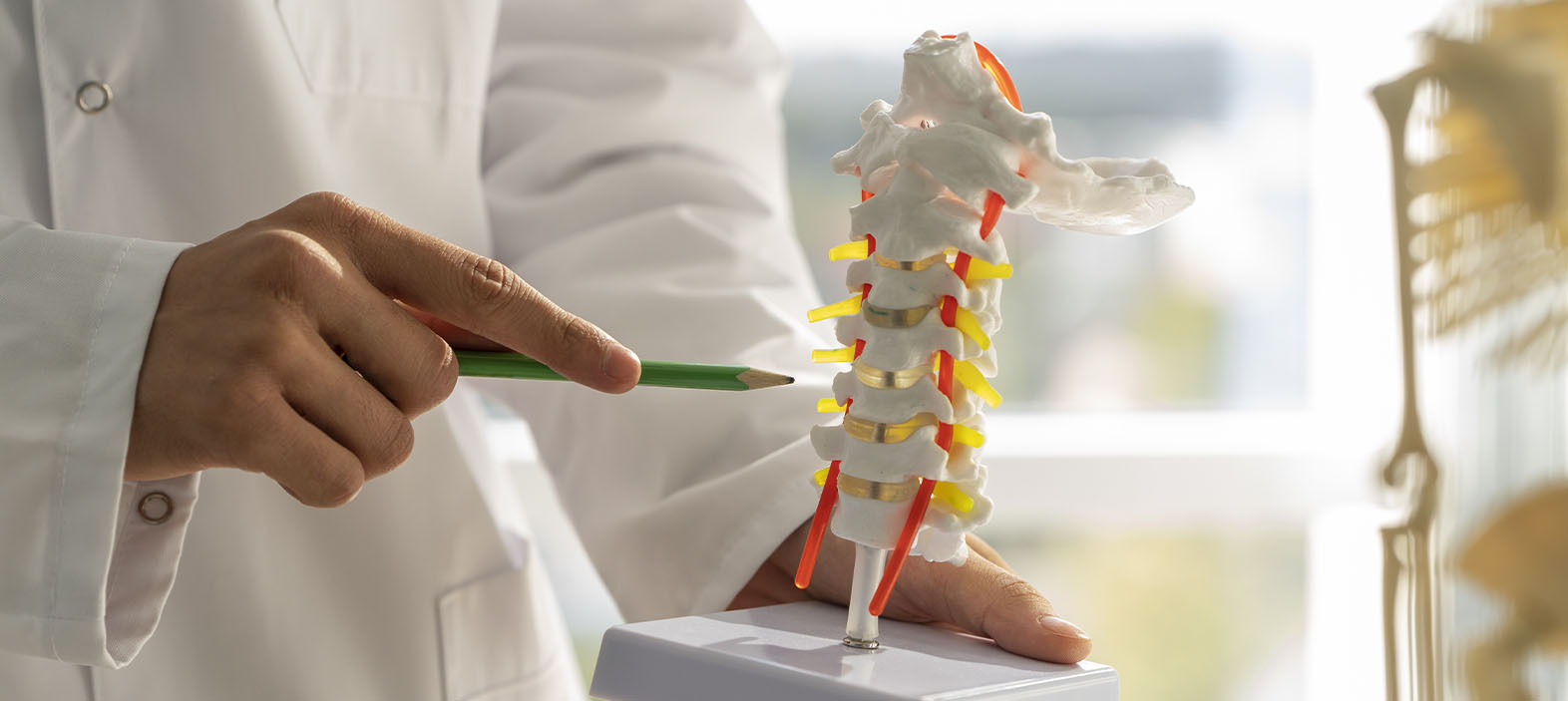
Carbon Fiber Compared to Different Orthopedic Implants Materials
👁 Reads: 561
In the field of orthopedic surgery, selecting the right material for implants is crucial for patient outcomes and recovery. Traditionally, metals like titanium and stainless steel have dominated this arena. However, advancements in materials science have introduced new contenders, notably carbon fiber implants. This blog post will explore the advantages and disadvantages of Carbon fiber orthopedic parts compared to traditional materials, highlighting the potential of carbon fiber nails, carbon fiber rods, and other carbon fiber products in orthopedic applications.
Highlights
- Orthopedic implants need to be durable, biocompatible, and functional.
- Traditional Orthopedic Materials are strong but heavy and can cause stress shielding.
- Carbon fiber orthopedic parts are lightweight, strong, customizable, radiolucent, and chemically inert, but more expensive initially.
- Carbon fiber orthopedic parts offer superior performance and long-term benefits, making them a valuable investment despite higher upfront costs.
The Basics of Orthopedic Implant Materials
Orthopedic implants are used to support, replace, or enhance bones and joints that are damaged due to injury, disease, or congenital conditions. The choice of material impacts the implant's durability, biocompatibility, and functionality. The standard of care for fracture fixation continues to be typically implants composed of metal alloys. Recently, there has been an emergence of carbon fiber orthopedic implants with the rationale that they reduce adverse events and may therefore improve functional outcomes in trauma care. Let's compare traditional materials with carbon fiber.
Traditional orthopedic implant materials (Titanium and Stainless Steel)
Both titanium and stainless steel offer excellent strength, making them suitable for load-bearing implants. These metals are generally well-tolerated by the body and are used extensively in medical applications. Titanium, in particular, is highly resistant to corrosion, enhancing the longevity of the implants. However, metal implants are heavier, which can be a drawback in certain applications, especially for patients who require lightweight solutions. Additionally, metals have a higher modulus of elasticity compared to bone, which can lead to stress shielding where the bone weakens over time due to reduced load.
Carbon fiber orthopedic parts
Carbon fibre-reinforced polyether ether ketone is perhaps the most well-known application of carbon fibre presently in the field of orthopaedics. Carbon fiber implants include a range of devices such as plates, screws, and joint replacements designed to provide strong, lightweight support. Used in spinal surgery and fracture repair, carbon fiber rods offer flexibility and strength, adapting well to the dynamic loads of the human body. Furthermore, custom Carbon fiber orthopedic parts can be tailored to specific patient needs, offering personalized solutions that enhance surgical outcomes.
Comparing Carbon Fiber to Traditional Orthopedic Implant Materials
Strength and Weight
Carbon Fiber Offers a superior strength-to-weight ratio, making it ideal for applications where reducing load and enhancing mobility are crucial. However, though strong, traditional orthopedic materials are heavier, which can be a disadvantage in certain orthopedic applications. The ability to withstand fatigue strain is yet another benefit of carbon fiber implants. Traditional implants demonstrate higher failure rates, especially in pathologic fractures, often due to non-union or hardware failure. By contrast, Carbon fiber orthopedic parts demonstrate the ability to withstand high-strain loading, up to one million loading cycles, without evidence of failure.
Biocompatibility and Patient Comfort
In addition to well-known structural mechanical properties, carbon fibers have certain biocompatible properties that have been recognized clinically. Carbon fiber is lightweight with a density of 1.6–2.2 g/cm3 compared to the density of compact bone at 2.0 g/cm3. This closer match to bone elasticity can improve patient comfort and promote natural bone growth. On the other hand, traditional metals, although biocompatible, the higher stiffness can sometimes lead to complications such as stress shielding.
Radiolucency
Carbon fiber implants are radiolucent, which offers immense imaging advantages over titanium implants as there is significantly decreased scatter on CT or susceptibility artifact on MRI. This is especially relevant for orthopaedic oncology, as radiolucent implants would allow for improved visualization of bone healing, postoperative surveillance for local disease recurrence or progression, and improved capability for radiation planning.
Radiation Therapy
Many orthopaedic oncology patients require post-operative radiotherapy. The artifact generated by conventional metallic implants often interferes not only with mapping for radiation planning but also with accurate dose calculation and delivery. Metal implants hinder this by both creating imaging artifact, increasing target volume and often requiring potentially erroneous assumptions to be made about the degree of absorption by the implant. On the other hand, Carbon fiber orthopedic parts demonstrate similar Hounsfield units compared to biological material, allowing for more accurate dose calculations, thereby facilitating radiation therapy planning and delivery in oncology patients.
Chemically Inert
Carbon fiber implants are chemically inert, generating no cellular toxicity in in-vitro studies. The inert nature of carbon fibers produces carbon fiber implants with excellent moisture and chemical resistance at room temperature, reducing the risk of tissue reactions compared to metals. This may lead to a lower incidence of complications requiring implant removal.
Cost and Accessibility
Generally, Carbon fiber orthopedic parts are more expensive due to advanced manufacturing processes. However, the long-term benefits may justify the initial investment. Conversely, metals are more cost-effective upfront, widely available, and well-understood in the medical community.
Conclusion
Carbon fiber orthopedic parts offer significant advantages over traditional materials like titanium and stainless steel. With a superior strength-to-weight ratio, enhanced patient comfort, and improved imaging capabilities, carbon fiber implants are revolutionizing orthopedic surgery. Although initially more expensive, their long-term benefits—including reduced complications and better patient outcomes—make them a valuable investment. As technology advances, carbon fiber products will likely become more accessible, setting a new standard in orthopedic care.





